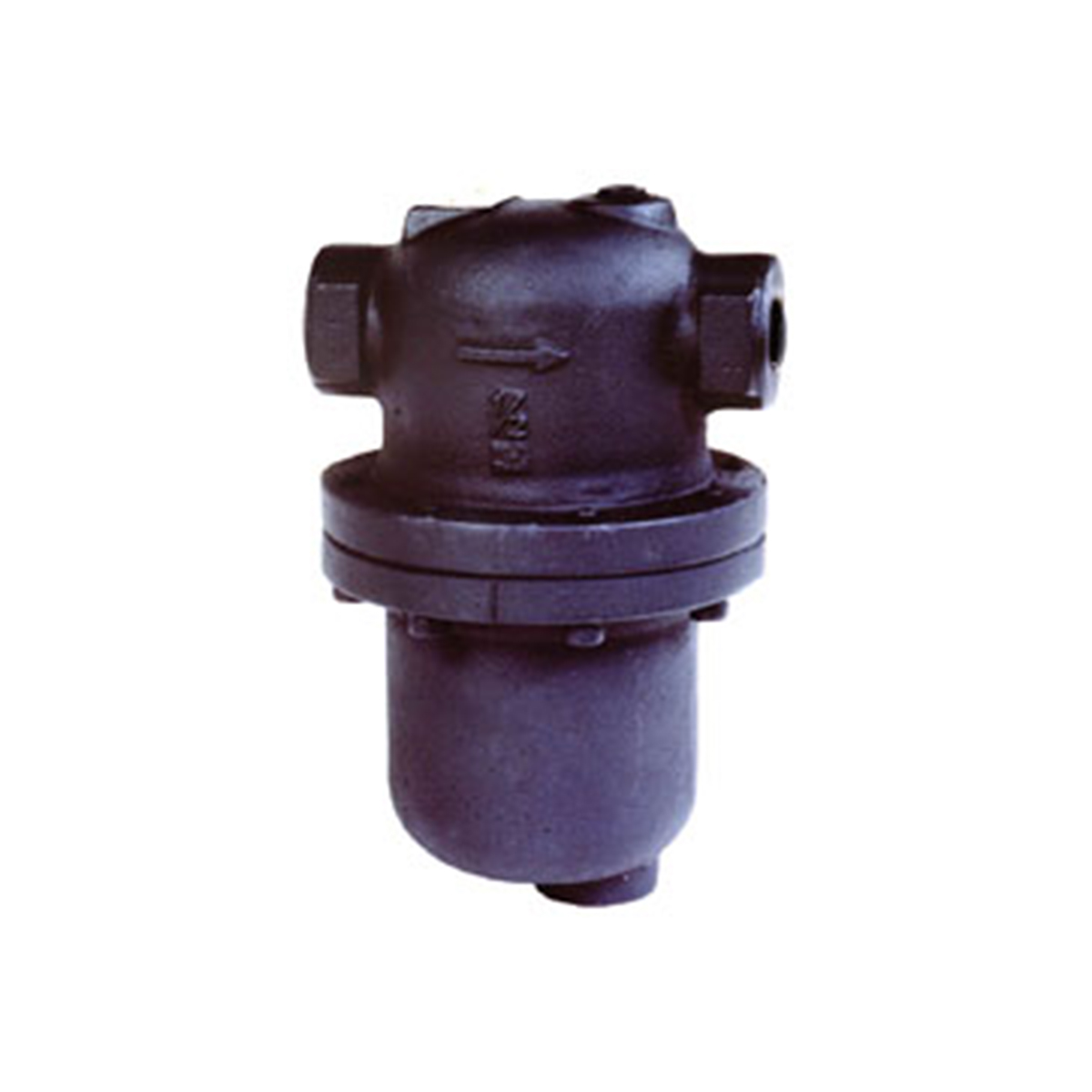
| Model | DS-1 | DS-2 | DS-3 | DS-4 |
| Connection Size | 1/2″ (15 mm) 3/4″ (20 mm) 1″ (25 mm) 1-1/4″ (32 mm) 1-1/2″ (40 mm) 2″ (50 mm) |
2-1/2″ (65 mm) 3″ (80 mm) 4″ (100 mm) |
1/2″ (15 mm) 3/4″ (20 mm) 1″ (25 mm) 1-1/4″ (32 mm) 1-1/2″ (40 mm) 2″ (50 mm) 2-1/2″ (65 mm) 3″ (80 mm) 4″ (100 mm) 6″ (150 mm) 8″ (200 mm) 10″ (250 mm) 12″ (300 mm) |
1/2″ (15 mm) 3/4″ (20 mm) 1″ (25 mm) 1-1/4″ (32 mm) 1-1/2″ (40 mm) 2″ (50 mm) 2-1/2″ (65 mm) 3″ (80 mm) 4″ (100 mm) 6″ (150 mm) 8″ (200 mm) 10″ (250 mm) 12″ (300 mm) |
| Connection Type | Screwed | Flanged | Screwed, Flanged | Screwed, Flanged |
| Body Material | Ductile Iron ASTM A536 | Ductile Iron ASTM A536 | Stainless Steel 304 | Carbon Steel |
Condensate in steam and air piping reduces thermal efficiency, causes water hammer, corrodes equipment such as valves and pipes, and causes other problems.
Armstrong DS Series in-line (drain) separators separate condensate efficiently by using the centrifugal force of steam or air created by introducing it into a specifically shaped path. Because of the simple structure of the drain separators, pressure loss is minimized, enabling clean, dry steam or air to be fed to equipment.
When steam or air flow enters the drain separator, centrifugal force is generated in the fluid because of the device’s internal structural design. The fluid drains along the wall because of the difference in specific gravity with steam or air, eventually striking the baffle. The baffle guides the fluid to the drain outlet and to the trap, which drains it. As a result, small dirt particles and condensate are separated and removed from the system through the bottom drain.